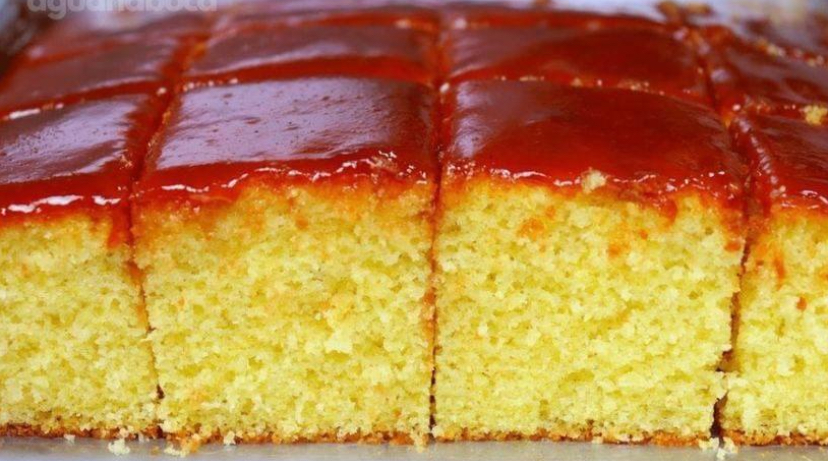Homemade Cake Frosting: The Perfect Finish for Any Cake
There’s nothing quite like the taste of a cake topped with rich, creamy, homemade frosting. While store-bought versions can be convenient, homemade frosting offers unbeatable freshness, flavor, and a personal touch that makes any cake feel extra special. Whether you’re decorating a birthday cake, cupcakes, or just making a treat for yourself, learning how to make your own frosting will take your baking to the next level.
Why Choose Homemade Frosting?
Homemade cake frosting is not only more delicious than most store-bought varieties but also allows you to customize the sweetness, consistency, and flavor to perfectly suit your cake. You can experiment with different flavors, textures, and colors to create a frosting that’s uniquely your own. Plus, it’s surprisingly easy to make with just a few basic ingredients.
Basic Homemade Frosting Recipe
This simple buttercream frosting recipe is a great starting point for all your cake decorating needs. It’s versatile, easy to customize, and can be adjusted for different types of cakes.
Ingredients
- 1 cup unsalted butter, softened
- 4 cups powdered sugar, sifted
- 1/4 cup heavy cream or milk
- 1 teaspoon vanilla extract
- Pinch of salt
Instructions
- Cream the Butter
- In a large mixing bowl, beat the softened butter with an electric mixer on medium speed until creamy and smooth, about 2-3 minutes.
- Add Powdered Sugar
- Gradually add the sifted powdered sugar, one cup at a time, mixing on low speed until combined. This prevents the sugar from flying out of the bowl.
- Add Vanilla and Cream
- Add the vanilla extract and heavy cream (or milk) to the mixture. Beat on medium-high speed for about 3-5 minutes until the frosting is fluffy and light. If needed, add more cream (1 tablespoon at a time) to reach your desired consistency.
- Season with a Pinch of Salt
- A small pinch of salt helps balance the sweetness of the frosting.
- Color and Flavor (Optional)
- If you wish, add a few drops of food coloring or other flavorings (like almond extract, cocoa powder, or citrus zest) to customize the frosting.
Types of Frosting and Variations
Homemade frosting doesn’t stop at buttercream. Here are a few popular frosting types and how to make them:
- Chocolate Buttercream
- Add 1/2 cup of sifted cocoa powder to the basic buttercream recipe for a rich, chocolatey twist. You may need to add a little more cream to reach the desired consistency.
- Cream Cheese Frosting
- Substitute half of the butter (1/2 cup) with softened cream cheese. This frosting is perfect for carrot cakes, red velvet cakes, and cinnamon-flavored desserts.
- Whipped Frosting
- Use heavy cream instead of butter for a lighter, whipped texture. Beat the cream with 1/4 cup of powdered sugar until stiff peaks form.
- Swiss Meringue Buttercream
- Whisk together 4 large egg whites and 1 cup of granulated sugar over a double boiler until the sugar dissolves, then beat with an electric mixer until stiff peaks form. Add 1 cup of softened butter, a few tablespoons at a time, and continue to mix until smooth.
- Glaze or Icing
- For a simple glaze, mix 1 cup powdered sugar with 2-3 tablespoons of milk or juice until smooth. Drizzle over cakes, donuts, or cookies for a sweet, shiny finish.
Tips for Making Perfect Homemade Frosting
- Room Temperature Ingredients: Make sure your butter is softened but not melted, and any cream cheese or other dairy ingredients are at room temperature. This will help the frosting whip up smoothly.
- Sift the Sugar: Sifting powdered sugar before adding it to the frosting will help avoid lumps and create a smoother texture.
- Adjust Consistency: If your frosting is too thick, add a little more liquid (milk or cream) a tablespoon at a time. If it’s too thin, add more powdered sugar.
- Storage: Store homemade frosting in an airtight container in the refrigerator for up to a week, or freeze it for up to 3 months. Let it come to room temperature and re-whip before using.
Decorating Ideas
Once your homemade frosting is ready, it’s time to get creative with decorating:
- Piping: Use a piping bag with different tips to create swirls, rosettes, or intricate designs on your cakes and cupcakes.
- Layering: Apply a crumb coat (a thin layer of frosting) first to seal in any loose crumbs. Let it chill in the fridge for 20-30 minutes before applying a thicker top layer.
- Coloring: Divide the frosting into separate bowls and add different food colorings for a multi-colored effect. Use gel food coloring for more vibrant hues.
- Mix-ins: Try adding crushed cookies, sprinkles, or finely chopped nuts to the frosting for extra texture and flavor.
Conclusion
Homemade cake frosting is a game-changer when it comes to baking. With its fresh taste and endless customization options, it’s an easy way to elevate your desserts. Whether you’re frosting a simple sheet cake, piping decorations on cupcakes, or glazing a bundt cake, making frosting from scratch will give your baked goods that special homemade touch. Try this basic recipe and experiment with variations to find your perfect frosting!
